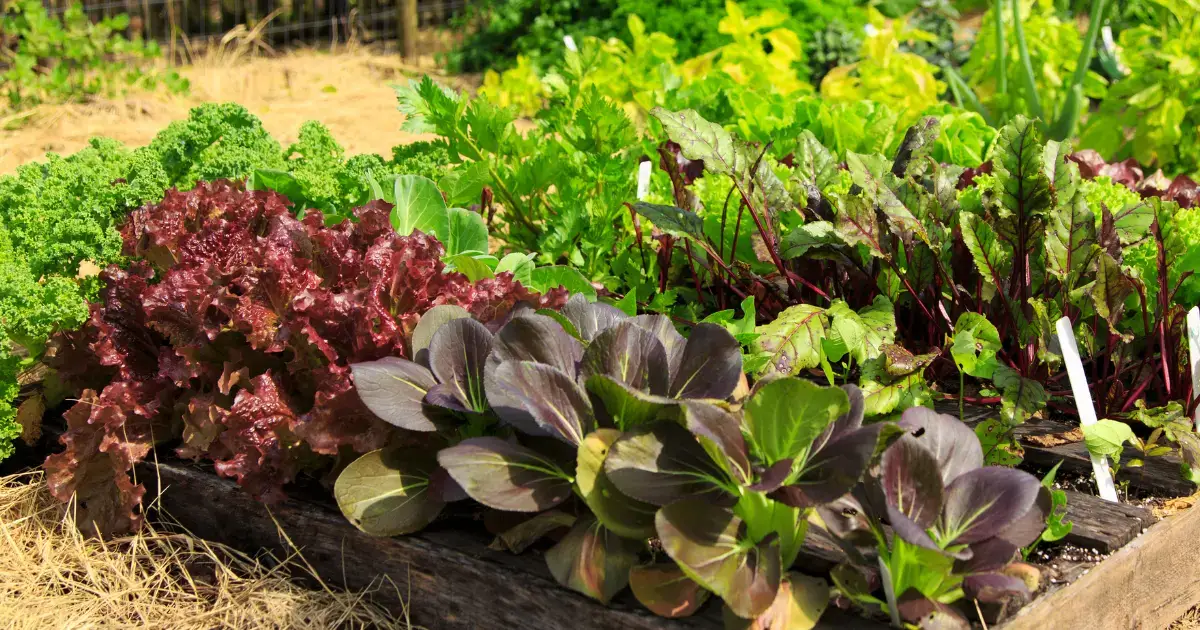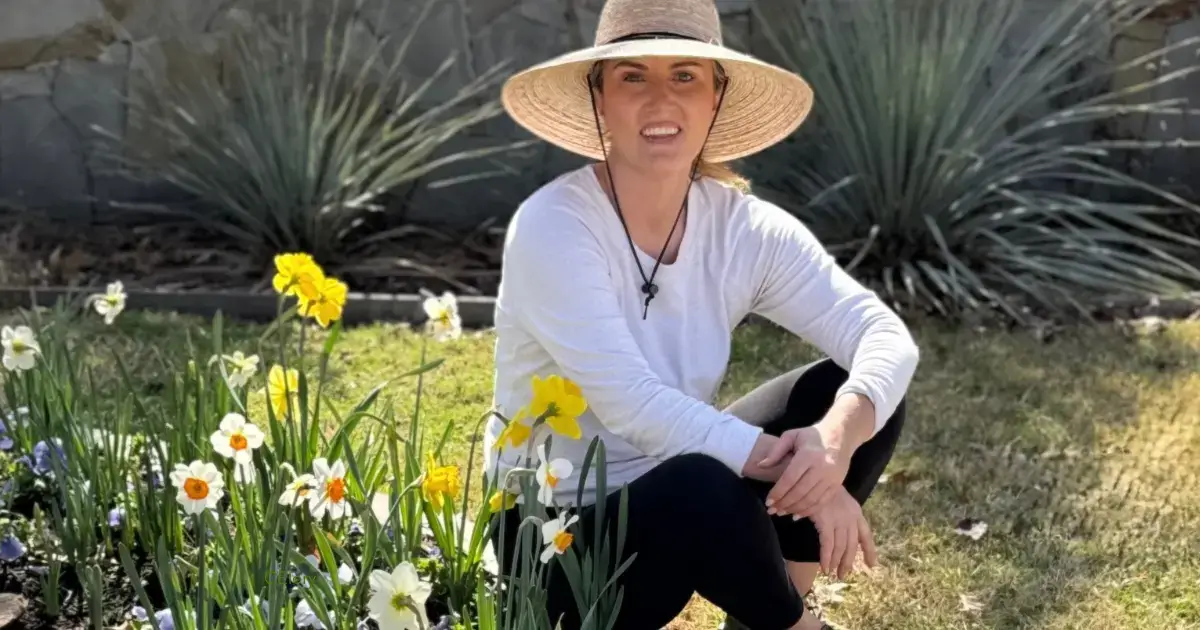
A truly sustainable garden is created not just by using organic pest products, but by preventing the need for their use in the first place. Attracting beneficial insects is one of the most effective and environmentally friendly ways to minimize pest problems in your garden without the need for harsh chemicals.
By adapting your plant choices and maintenance practices to our local climate, you can ensure that beneficial insects have everything they need to thrive.
Below is a helpful chart highlighting various beneficial insects, their primary pest targets, and the best plants to attract them to your North Texas garden.
Top Beneficial Insects for North Texas Gardens
| Beneficial Insect | Primary Pest Control / Benefit | Preferred Plants for Nectar/Pollen | Habitat & Shelter Requirements | Additional Tips |
|---|---|---|---|---|
| Ladybugs (Ladybirds) | Aphids, thrips, whiteflies, scale | Flowering herbs: Dill, Fennel, Cilantro Flowers: Marigolds, Calendula, Yarrow | Provide ground cover or dense foliage for overwintering. Avoid clearing all leaf litter in fall. | Avoid broad-spectrum pesticides; use insecticidal soap or neem if necessary. Provide shallow water. |
| Lacewings | Aphids, mealybugs, caterpillars | Umbellifer blooms: Dill, Fennel Others: Cosmos, Coreopsis, Sweet Alyssum | Provide sheltered areas (e.g., shrubs, tall grasses) for egg-laying. Leave some leaf litter for winter cover. | Release lacewing eggs or larvae purchased from garden centers if natural populations are low. |
| Hoverflies (Syrphid Flies) | Aphids, thrips, small caterpillars | Shallow blooms: Alyssum, Marigolds, | Maintain a mix of sun and shade with continuous bloom cycles. Leave some weedy or wild areas for nesting. | Provide shallow water sources with pebbles. Use minimal synthetic fertilizers to prevent pest spikes. |
| Parasitic Wasps | Caterpillars, aphids, various insect pests | Nectar-rich blooms: Dill, Fennel, Yarrow, Mint family plants | Leave some standing stalks or brush piles for overwintering. Reduce tilling to protect pupae in soil. | Avoid spraying during peak wasp activity (morning/afternoon). Control ant populations if severe. |
| Assassin Bugs | Wide range of insects, including caterpillars, beetle larvae | Native flowering plants: Coneflowers, Black-Eyed Susan, Goldenrod | Provide mixed vegetation for hunting cover. Leave leaf litter or mulch for egg-laying and overwintering. | Wear gloves when handling plants as assassin bugs can bite if disturbed. Avoid broad-spectrum sprays. |
| Tachinid Flies | Caterpillars (cutworms, loopers), beetles, true bugs | Composite flowers: Asters, Sunflowers Herbs: Mint, Thyme, Oregano | Varied vertical habitat (tall grasses, shrubs) for resting. Undisturbed soil for overwintering pupae. | Plant a wide variety of pollen-producing flowers for adult feeding. Use minimal pesticide applications. |
| Ground Beetles | Slugs, snails, cutworms, other soil-dwelling pests | Low-growing groundcovers: Clover, creeping thyme Cover crops: Rye, Vetch | Provide mulch or stones for daytime hiding. Limit tilling so as not to destroy beetle larvae in the soil. | Keep permanent pathways or undisturbed edges around garden beds. Avoid using toxic slug baits. |
| Soldier Beetles | Aphids, caterpillars, grasshopper eggs | Flowering plants: Goldenrod, Milkweed, Catmint, Marigolds | Keep some leaf litter or debris for pupation. Offer partial shade with moist soil patches in hot summers. | They also pollinate flowers. Use gentle, organic pest control methods to preserve larvae and adults. |
| Praying Mantis | Large array of pests (caterpillars, beetles, grasshoppers) | General flowering plants to attract insects as prey | Provide tall grasses or shrubs for egg case placement (ootheca). Avoid trimming everything in winter. | Release purchased mantis egg cases in spring if population is low. Avoid chemical sprays. |
| Spiders (Orb Weavers, etc.) | Wide variety of flying and crawling insects | Diverse garden structure: Tall plants, fences, trellises for web-building | Don’t knock down webs; leave some corners or edges undisturbed. Maintain moisture and natural hiding spots. | While not insects, spiders are key beneficial predators. Minimize nighttime lighting that disrupts webs. |
Beneficial Insect Tips for North Texas Gardens
- Continuous Bloom Cycle: Select plants that bloom at different times to provide nectar and pollen from early spring to late fall.
- Minimal Chemical Use: Choose targeted or organic options, and apply sparingly (if at all). Consider insecticidal soaps or neem oil before reaching for broad-spectrum pesticides.
- Water Access: Place shallow bowls with pebbles to help beneficials stay hydrated in hot Texas summers.
- Shelter and Overwintering: Leave some leaf litter, stems, or brush piles so insects can safely overwinter without disturbance.
- Native Plants: Incorporate Texas-native wildflowers (like coneflower, Indian blanket, or black-eyed Susan) to support local beneficial insect populations.
Final Thoughts
By diversifying your plantings, providing continuous bloom cycles, and reducing pesticide use, you’ll help establish a thriving community of beneficial insects—leading to a healthier, more self-sustaining garden without the need for chemical treatments. Taking these steps not only curbs pests but also supports biodiversity and enhances the overall beauty of your outdoor space.
- Why “Intensive” Gardening is Not Good - March 9, 2025
- How to Grow Bush Beans - March 1, 2025
- Grape Expectations - February 14, 2025



